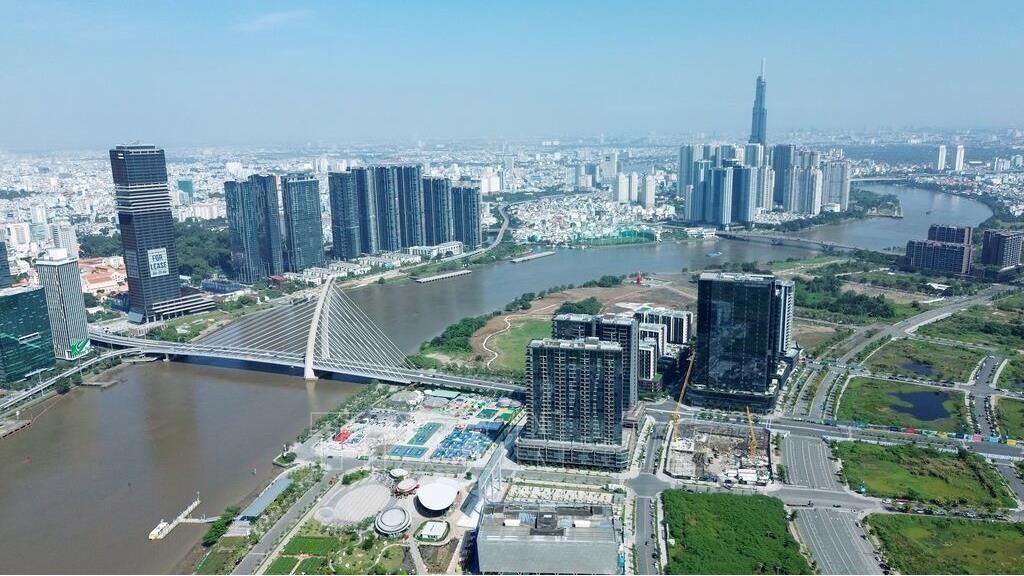 |
| Ho Chi Minh City - the country’s leading economic, cultural and tourism hub__Photo: Quoc Khanh/VNA |
The proposal frames these changes as a dual reform: cutting back layers of planning that have often proven ineffective and burdensome, and replacing current property taxation with a fee-based scheme that the institute argues would provide a more stable and sustainable source of state revenue. If adopted, the reforms would mark a significant shift in both land administration and fiscal policy, with direct implications for local administrations, investors, and households alike.
Eliminating lower-level land use planning
In its proposal, IEEr argued that scrapping provincial- and commune-level land use master plans would constitute a major administrative reform without weakening state management of construction and investment. Land use plans already exist from central to local levels, the institute noted, and streamlining the system would reduce red tape and better serve the two-tier local government structure.
Dr. Pham Viet Thuan, Director of IEEr, emphasized that large cities such as Ho Chi Minh City mainly rely on land use plans to implement approved urban architectural regulations rather than master plans. For this reason, eliminating lower-level land use master plans would not hinder urban development.
Analyses conducted by the institute indicate that, in practice, up to 90 percent of land use plans over the past years have not been implemented or have required adjustments, creating significant barriers to investment and construction.
At a consultation conference in August 2025, the Ministry of Agriculture and Environment also recommended removing commune-level land use master plans while retaining commune-level land use plans based on provincial allocations. This approach, the ministry argued, would streamline procedures, reduce overlaps, and improve top-down consistency.
Twelve out of fourteen northern provinces and cities supported the change, favoring five-year plans over the current 10-year plans to make implementation easier.
Speaking at the conference, Deputy Prime Minister Tran Hong Ha said the nationwide coverage of urban and rural master plans at national, provincial, and commune levels has already nearly replaced land use master plans, ensuring effective land management when combined with socio-economic infrastructure planning.
A new land and construction fee scheme
Alongside administrative reform, IEEr proposed restructuring property taxation into a two-part scheme: a residential land fee and an urban construction fee. Under the proposal, residents would pay these fees based on land use plans and urban architectural management schemes and register construction directly with commune-level People’s Committees.
The institute argued that these new fees would create a more stable and sustainable source of state revenue than sharply raising land prices as currently prescribed in the 2024 Land Law, which has driven up lease costs for investors and placed heavy burdens on households upon land conversion. For example, owners of three-story buildings would be charged differently from those building five stories, with categories aligned with existing housing classifications. Grade-4 houses would be exempt from the construction fee.
IEEr suggested setting the residential land fee at 0.01 percent of the land value listed in the provincial land price framework and collecting a construction fee of 0.5 percent of the property value upon completion. To prevent sudden price shocks, the institute also recommended capping annual land price adjustments within a 3-5 percent margin.- (VLLF)









